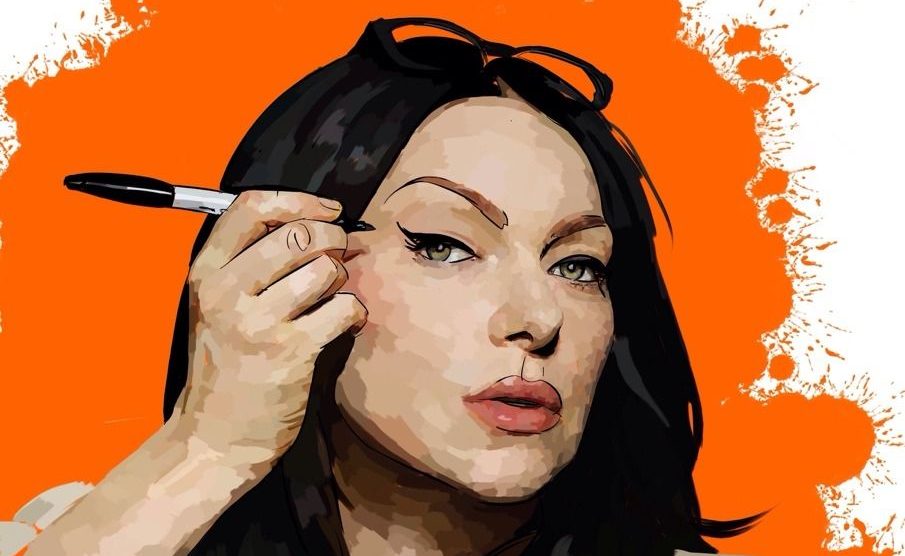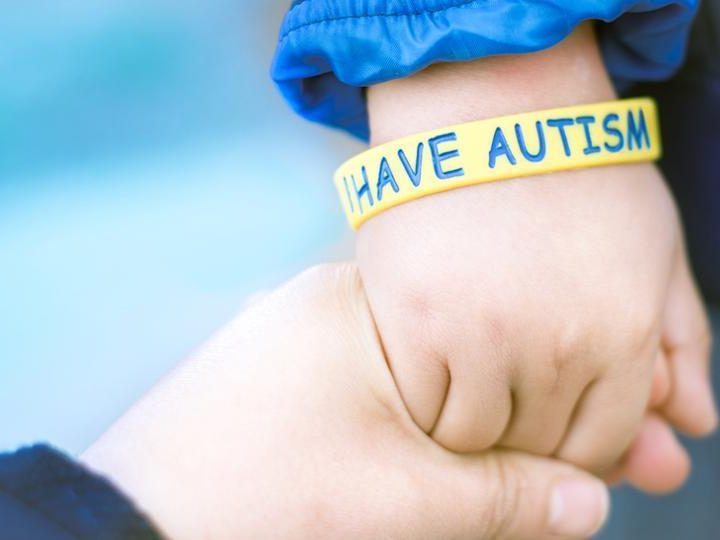‘Jailhouse Makeup’ Is Not As Cute As You Think It Is
 Thirsty for JUICE content? Quench your cravings on our Instagram, TikTok and WhatsApp
Thirsty for JUICE content? Quench your cravings on our Instagram, TikTok and WhatsApp
Recently, I have been recommended, through the ever-mysterious algorithm of Youtube, a video of a woman demonstrating how she applied her make-up while she was incarcerated. The woman, bubbly and enthusiastic, showed intriguing tricks that naturally piqued my interest with me being someone who hasn’t even stepped foot near a prison.
By using deodorant, magazines, pencils, Vaseline and coffee grounds, she managed to do a full-face of glam. It is worth noting that rubbing deodorant on magazine pages makes for a pigmented eyeshadow!
Robyn ‘Rihanna’ Fenty is shaking under her umbrella…
Naturally, being an avid make-up video consumer who has even dabbled in making amateur make-up tutorials myself (please don’t look it up), I pride myself on the fact that I have watched so many make-up videos–the amount is too embarrassing to disclose–that I can predict what the new make-up trend will be.
Think the likes of “Full-face of kid’s makeup,” or “Full-face of highlighter challenge”, the new upcoming fad would be “Jailhouse Makeup Challenge”. It sounds cute, catchy even, but is it really?
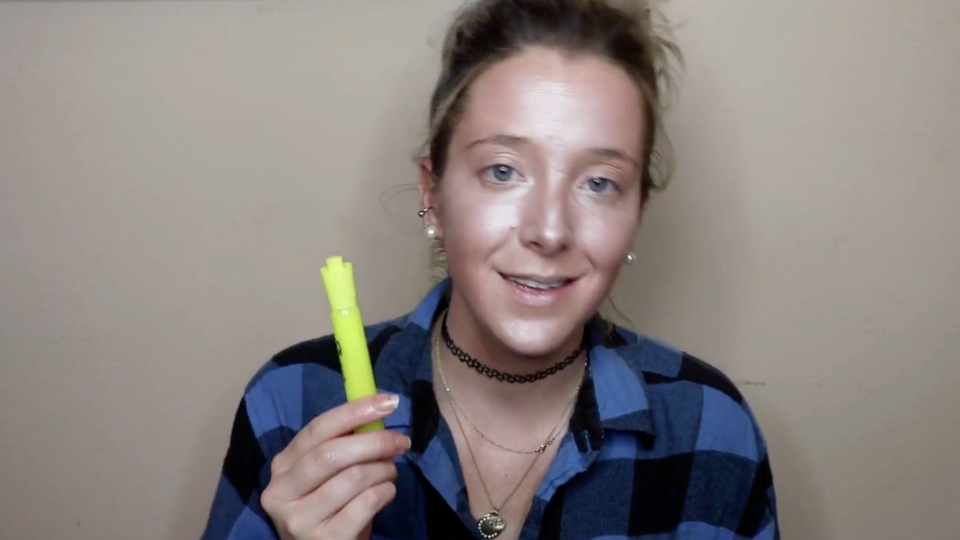
Because under the sheer veil of kitsch-ness and excitement, is a dark and desolate journey that led to the desperation that birthed these makeup techniques.
For a concise background of jailhouse makeup, female prisoners are not allowed cosmetic items because they are considered contraband due to their ability to be laced with drugs specifically LSD. On the other side of that coin, a side that is not regularly turned, is that women are deprived of cosmetics because they don’t deserve the right to autonomy.
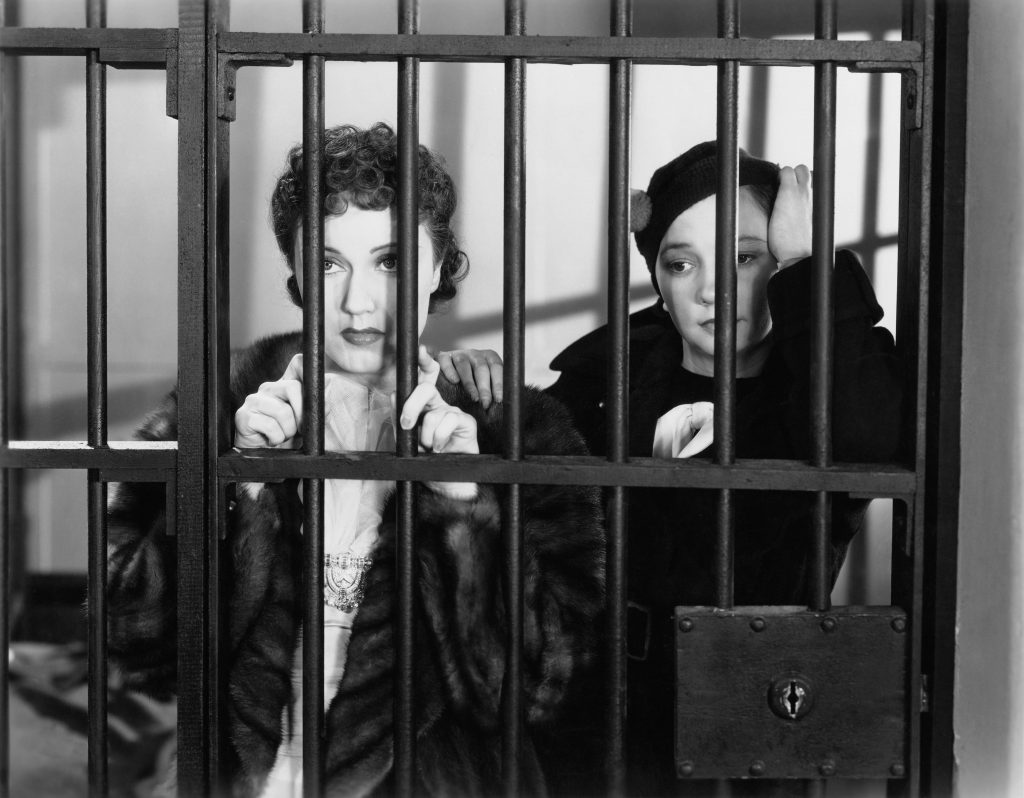
A staggering amount of people agree with the sentiment that make-up should not be given to inmates because they chose to give up their rights as regular citizens therefore surrendering their privilege to ‘frivolous’ things such as cosmetics. However, these people fail to understand that makeup is not to feed their vanity, but it’s to prevent their self-esteem from dying.
The justice system has the erroneous notion that prison is meant to punish inmates rather than rehabilitate them. Therefore, their tactics in prison are meant to break the prisoners into the shape they want rather than to mould them slowly. This method is highly disapproved by Jennifer Vollen-Katz, director of the John Howard Association. She counters by saying,
“Do we want people who are even more broken when they came in? Or do we want people who had an opportunity to better themselves? To get educated, acquire job skills, training? But [who] also had an opportunity to work on the thing that was part of the problem that led them to whatever behaviour led them to prison.”
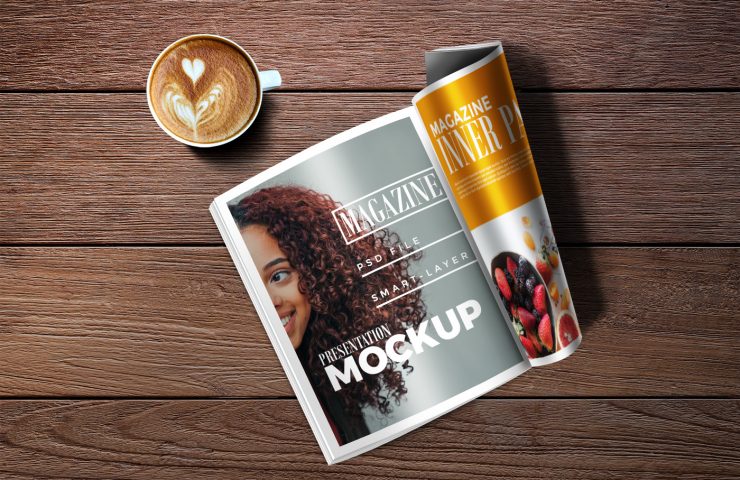
With their only source of self-worth gone, women clamour to craft their own makeup with arbitrary items such as magazines, toothpaste and coffee.
Being in prison with predominantly male guards, there is a propensity for the proliferation of bigotry, alpha-masculinity and misogyny. Due to the wide gap in hierarchy, guards feel they have the authority to degrade and dehumanise women. In addition to objectification, the women are deprived of solace when makeup, something that boosts their self-worth, is taken away.

This engenders inmates that come out of jail to be angrier than when they came in, thus perpetuating the pipeline of events that eventually leads them back to incarceration. Some inmates even leave their children to fend for themselves with one or even two parents out of the picture. Tupac encapsulated it best when he said, “The Hate U Give Little Infants F*cks Everybody”.
In this dog eat dog world, its either kill or be killed. For women who have been abused, assaulted, raped, or sentenced to prison for actions that were caused by their trauma to then be given more trauma due to the incarceration, they normally don’t stand a chance.
According to Racked,
“To look at the breakdown, an overwhelming 86 percent are sexual abuse survivors, 60 percent experienced caregiver violence, and over 90 percent of women who were convicted of murdering a partner were victims of partner abuse. Then take into account that 32 percent have serious mental illnesses and 82 percent suffer drug or alcohol addiction, which oftentimes was used to self-medicate in order to cope with the side effects of their past. These statistics create a domino effect that’s hard to ignore: Those with histories of abuse are 77 percent more likely to be arrested than women who did not suffer that kind of trauma.”
Rising above the degradation, women in prison usually generate their creativity and self-expression by finding new ways to wear makeup and reclaim their self-confidence and femininity. From a woman who has been in prison, the clownish makeup might look like a botched attempt to unassuming eyes, but to her, the rouge on her lips and lead on her eyes will always symbolise a middle finger to the patriarchy.

So, let’s not turn this into another “Don’t Judge Me Challenge” where we mock and adopt struggles that aren’t ours. Let jailhouse makeup be something to seriously ponder over rather than trivialise into a trend on social media.
But other than that, keep doing those makeup tutorials!
Header image from tumblr.
For more opinionated reads, click here.


 Get Audio+
Get Audio+ Hot FM
Hot FM Kool 101
Kool 101 Eight FM
Eight FM Fly FM
Fly FM Molek FM
Molek FM